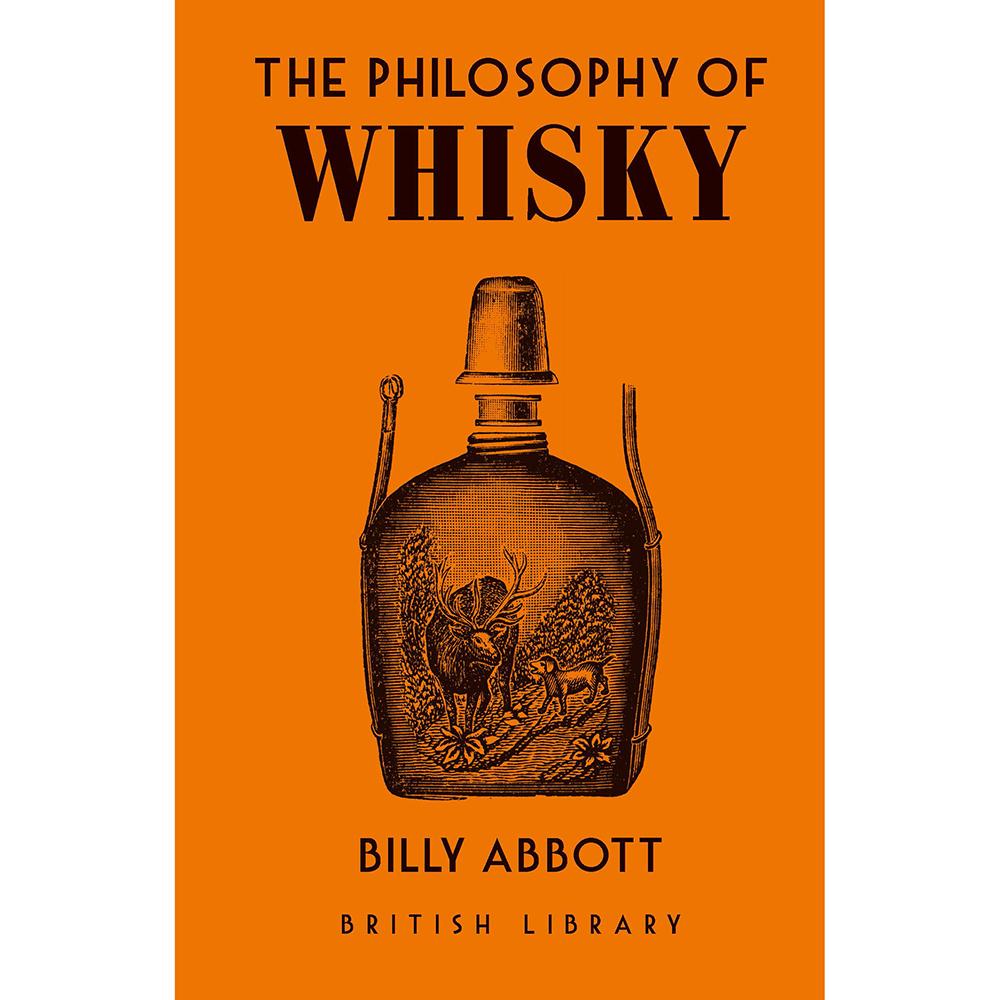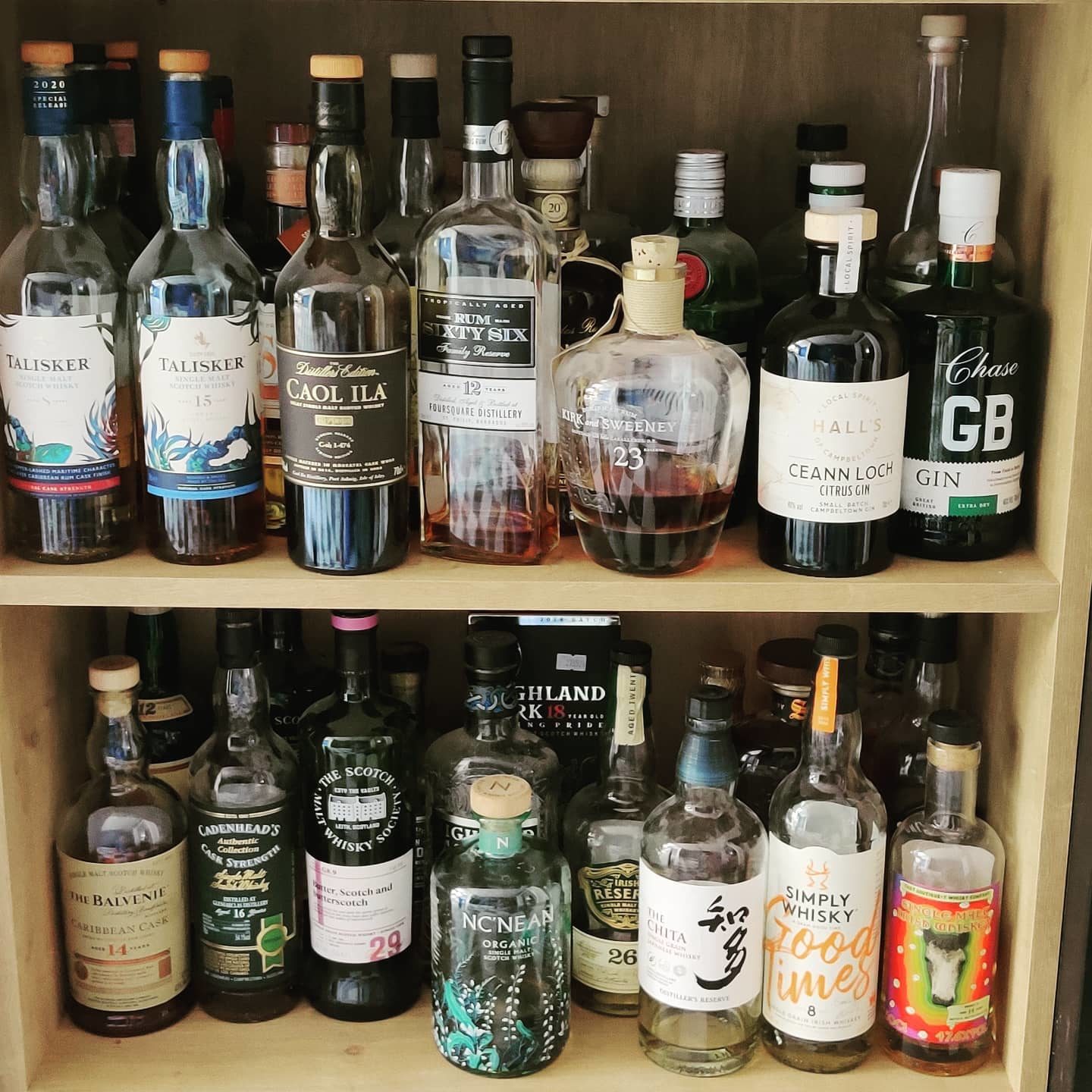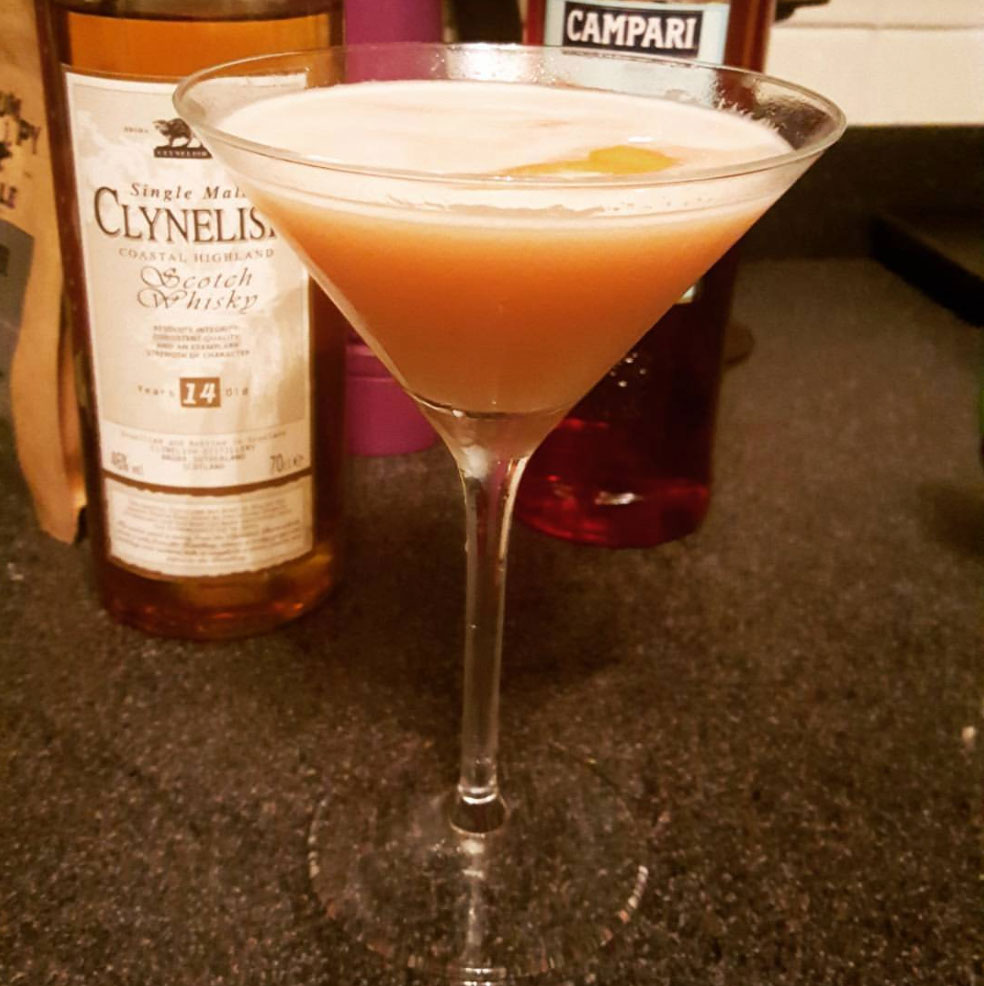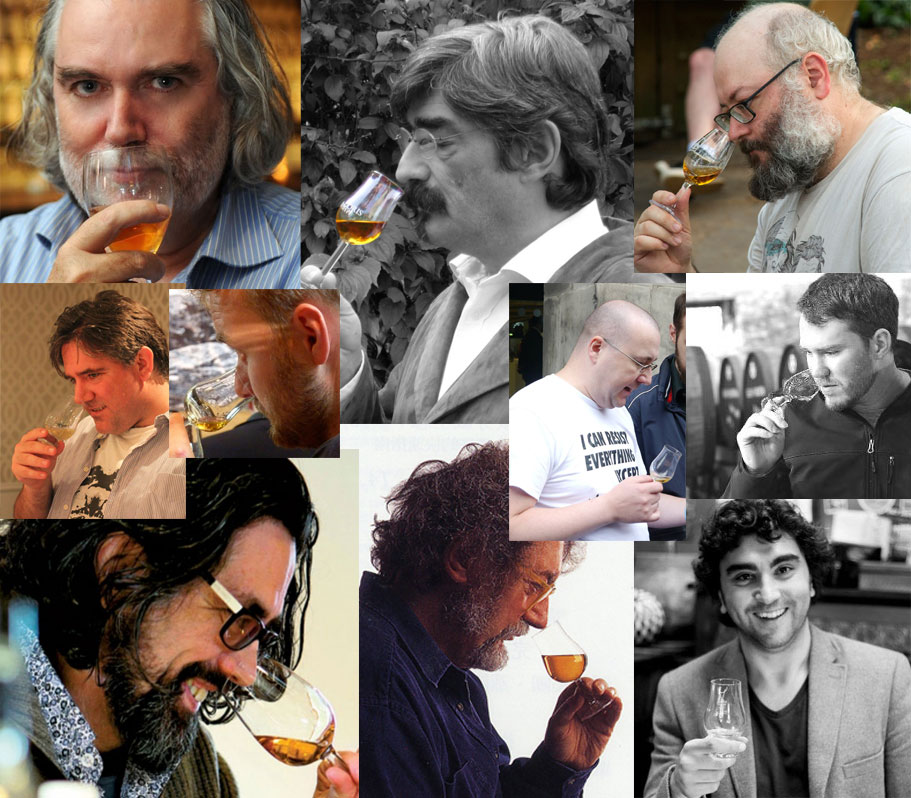Seeing as I’m on the other side of the Atlantic Ocean to usual, and the opportunity presented itself, I thought it might make sense to break with tradition and do a little bit of a bourbon whiskey tasting instead of focusing on scotch whisky. You know, broaden the horizons, and all that…
Via the highly excellent organ of information called NYC Whisky I learned that there was a Bulleit tasting going on at Union Square Wines, so it took very little motivation to get on down there and see what was going on!
The first thing I learned – due to absolute lack of preparation on my part – was that the Bulleit “range” is comprised of two whiskies: Bulleit Bourbon, and more recently, Bulleit Rye. At least this wouldn’t take too long… And leading us along this short but immaculately appointed garden path was Diageo Reserve Brands’ mixologist extraordinaire & bourbon aficionado, Elayne.
Though bought into the Diageo group around 1999 (and prior to that, Seagram’s), Bulleit is a family-run company originating from Lawrenceburg, Kentucky. My notes say that Tom Bulleit started distilling commercially based on an old family recipe in the mid 1960s, with the bourbon hitting the shops in the mid 1970s. It is a Kentucky Straight Bourbon Whisky, which means that it must satisfy a few criteria – it must contain at least 51% corn liquor, and be aged in the state of Kentucky in new charred American oak barrels, going into the barrel at a max of 120 proof (62.5% abv). Even though the terms are fairly prescriptive there’s still plenty of room for variation, which is why Bulleit’s able to present the taste profile it does.
For starters, the constituent parts of Bulleit Bourbon are 61% corn, 27% Rye, and remaining 12% Malted Barley. I didn’t think to ask whether those proportions were mixed liquor at the end of distillation or whether they distill a rye load, a corn load, and a malt load & then mix the liquors afterward, or if it’s just the mixture of grain proportions that goes into the initial mash. The 3rd option sounds least hassle. Additionally, the Bulleit recipe calls for only the “heart” of the distillate to be used. Whereas some bourbons apparently use elements of the heads (high alcohol distillates) and tails (lower alcohol distillates) which can be employed to give the drink a “kick”, Bulleit specifies that they only use the “heart” run, or the part taken out after all of the dangerous wood spirits have been taken out of play.
Smelling my glass gave away scent of honey, spices, and a waft of leather. Swishing it around in the mouth added a presence of oak. It’s a fantastic and well-structured drink – the main thing for me was that it didn’t suffer from the over-sweet character that many entry-level bourbons certainly have (which I now know is due to heavy presence of corn in the mash!), but wasn’t achingly dry either. It’s a perfectly solid have-on-your-bar bourbon! After swallowing the taste tapers off politely with an aftertaste that’s congruent with the liquor you’ve just had in your mouth – it’s not a big bold in-your-face “feel the burn for a week” whiskey, but nor is it an insipid apologetic thing that disappears with no trace. Great stuff.
Moving on to the other half of the Bulleit lineup, we tried Bulleit Rye.
Historically, rye whiskey was a precursor of bourbon as the migrants to the USA knew how to distil from barley and hadn’t yet tried working with corn. The rye spirit is drier and more complex than corn, however the yield isn’t as high. The resurgence in interest in rye whiskey has come about because of mixologists realising what a great base for cocktails it makes, and this has precipitated the recent development and release of Bulleit Rye (coming to market in March 2011).
The mash bill is a very high 95% rye, with the remaining 5% malted barley. The whiskey in the bottle is a result of mingling together barrels that are between 6 and 8 years of age, released at 45% abv.
As expected the whiskey is a lot drier than the bourbon but still sweet in a non-saccharine way (if that makes any sense). The name of the game here is “spices”, and it’s a flavour that seems to grow on you the longer you hold onto it. The slightly musky floral characteristics in the bouquet don’t come out too much in the mouth – replaced by some vanilla in the background. On balance I don’t think I enjoyed it as much as the bourbon on its own.
To showcase some of the reach of these whiskies Elayne also gave us a taste for how these things worked in cocktails – mixing for us a Manhattan (using Carpano Antica vermouth and Fee Brothers whisky-barrel-aged bitters), and a favourite of the Bulleit family, the “B&T” (2 oz bourbon, mixed with tonic water & a bit of lemon). Not being a massive cocktail enthusiast thus far I wasn’t expecting much, but both were excellent (and aptly refreshing, on that particular day). In my notes I’ve drawn a smiley face next to the B&T, so I must’ve been quite taken by it at the time.
So they’re not rare, and they’re not expensive, but they are very well-crafted and enjoyable drinks. You’re not going to spend hours dissecting the flavour profile or speaking in hushed tones reminsicing about that Bulleit Bourbon that you had once… but if someone handed you one, you wouldn’t find yourself grimacing awkwardly and looking for a potplant.






